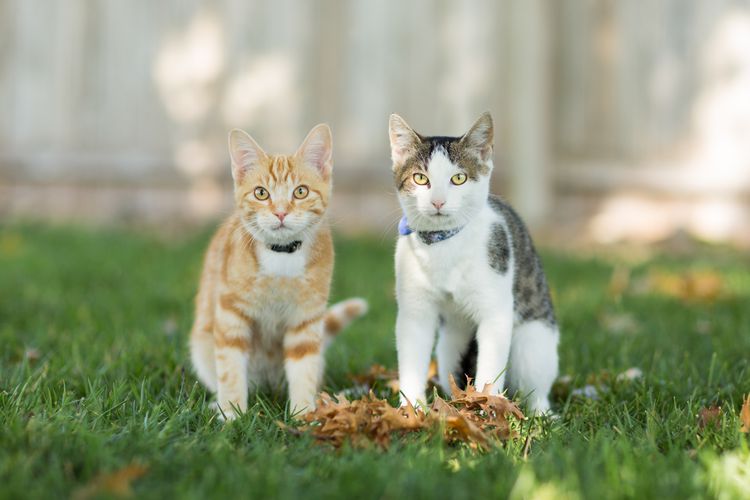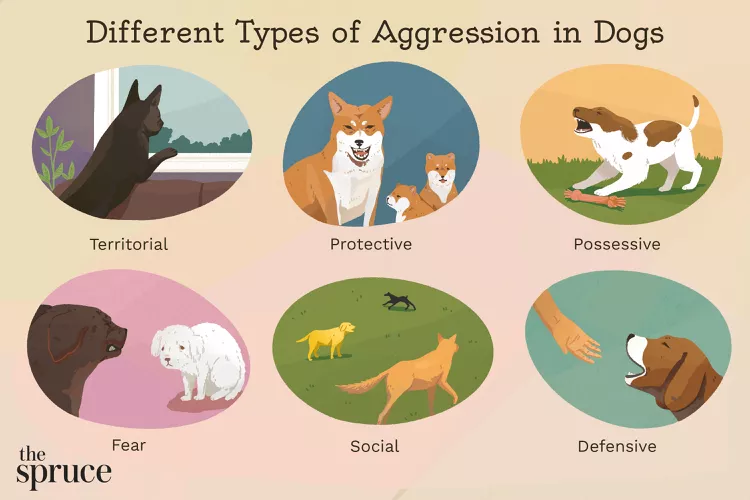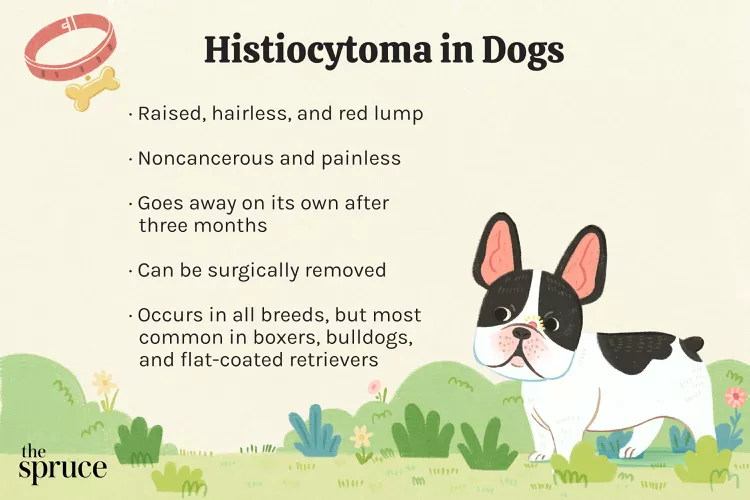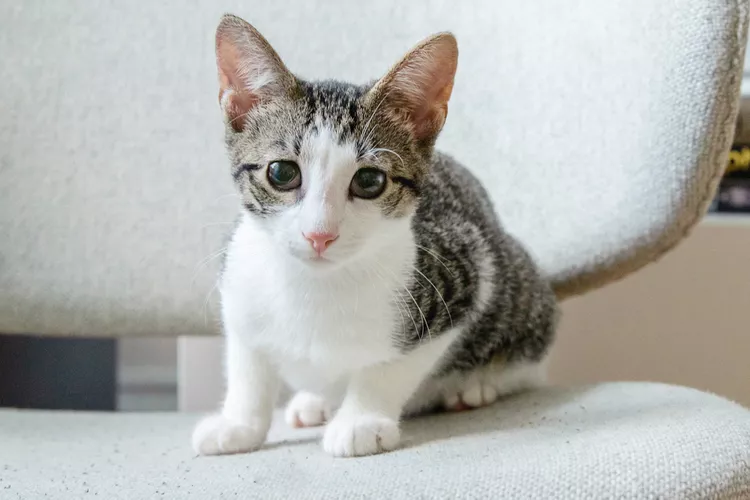
Ringworm is often seen in cats, even indoor cats. But despite the name, it doesn't involve any worms. Ringworm is a fungal infection that can affect the skin, fur, and claws. It can cause crusty and bald patches and itchiness. Left untreated, it can spread across the body and cause open sores, especially in animals with weak immune systems. Cats can pick it up from other animals that have ringworm, as well as from the environment where an infected animal has been. Not only can cats spread it among themselves, but it is also contagious to other animals and humans. Fortunately, even though this disease is highly contagious, it is also very treatable.
Ringworm is a fungal infection that affects many different species of animals. It's also referred to as dermatophytosis. In cats, about 98% of ringworm cases are caused by the easily transmitted fungus Microsporum canis. The fungi feed on keratin in the fur, skin, and nails. Ringworm gets its name from the red, ring-shaped rash that it sometimes causes. However, some infected cats only have very minor symptoms.
Ringworm symptoms range from very mild to severe and include:
When ringworm affects nails, they can take on a rough, pitted appearance. Eventually, they can look scaly and deformed.
Cats can carry the fungal spores of ringworm and show symptoms of the disease, or they might not show any symptoms at all. Either way, spores can spread to other cats quite easily. The common causes are:
Exposure doesn't always result in a case of ringworm. Animals with weak immune systems, as well as those with skin sensitivities, are especially prone to ringworm.
To confirm that your cat has ringworm and not another type of hair or skin issue, your vet might perform tests for a diagnosis, including:
These different tests will verify that your cat has ringworm. Your vet will then be able to treat the fungal infection with appropriate medication. Your vet might also ask whether you have any lesions or other skin abnormalities similar to your cat's, as you've likely been exposed to the fungus.
Ringworm lesions can look similar to other issues, which is why it might be necessary for your veterinarian to run more than one test. For example, fleas and mange can cause hair loss and itching. Plus, some cats will lick their fur off and irritate their skin until it's red due to allergies or stress and anxiety. A misdiagnosis can mean your cat will be given the wrong kind of medication.
If your veterinarian has diagnosed your cat with ringworm, they'll likely prescribe an antifungal medication to treat the infection. Itraconazole is a frequently used medication for pets with ringworm. Sometimes topical ointments are used to treat ringworm in conjunction with oral treatments. By using both oral and topical treatment regimens, you'll kill both the spores on the skin and suppress the infection in the cat systemically.
Finally, if you have a cat with ringworm, you'll need to treat your home environment to kill any spores. Use a diluted bleach solution on surfaces after your general cleaning routine. It can be helpful to restrict your cat to a small, easy-to-clean area until it is no longer infected.
Most cats recover from ringworm infections, though it can take some time. In general, the lesions can take more than a week before they show improvement from treatment. Also, inadequate treatment or stopping treatment too soon can cause a relapse. After a course of treatment, your vet might perform another test to make sure the ringworm has cleared up and your pet is no longer contagious. Until you know this, minimize contact between your pet and any other people and pets in the house, and keep its area sanitary.
Ringworm is highly contagious, but it's also preventable if the appropriate steps are taken. Washing your hands before and after handling your pet is the easiest way to decrease the likelihood of you or your cat becoming infected with ringworm. Aside from that, don't let your cat play with cats that don't live within your household. Maintain a sanitary living environment for you and your cat. And if you have ringworm, refrain from touching your cat until your doctor has determined that you're free of the infection.
Ringworm in cats is contagious to other animals, including humans. Ringworm can live for up to 18 months in the environment on items such as brushes, pet beds, furniture, carpeting, and bowls. So if you have an infected animal or suspect a case, immediately separate its items from any other pets you have.
Ringworm is a zoonotic disease, which means it can spread from an animal to a human. A ringworm infection in a person typically occurs after a person has touched an infected or carrier cat. But it can also occur after simply handling items that were used by an infected cat. Immune-compromised individuals are more prone to contracting ringworm. Hand-washing and maintaining sanitary conditions can help to prevent the spread.

Cute Pictures & Facts About Calico Cats & Kittens
Learn fascinating facts about calico cats, including photos, the genetics behind this color combination, and common folklore and traditions.
How to Prevent Cat Separation Anxiety During Vacations
Discover why cats develop litter box problems and cat behavior problems when you go on vacation and what you can do about it to help them.
Cat Behavior Changes That Might Mean Something's Wrong
Cats' behavioral changes may indicate problems—or they may mean nothing at all. Explore causes of odd behavior and what to do about them.
Lhasa Apso: Dog Breed Characteristics & Care
The Lhasa apso is an ancient breed from Tibet that was bred to be a watchdog. Learn about its history, health, exercise needs, and more.
Reasons Why Dogs Run Away and How to Stop It
Dogs can escape, especially if they’re bored and not properly contained. Here are some techniques for stopping your dog from running away.
Can Dogs Get Depression? How to Help Your Sad Dog
Can dogs get depression? Learn about the signs of depression in dogs and find out how to help your sad dog.
How to Stop Aggression in Dogs
Dog aggression can be a serious behavior issue for pet owners. Learn how to stop aggression in dogs before someone gets hurt.
How to Stop Your Dog From Growling
A growling dog can soon become even more aggressive. Reduce the noise and potential for a dangerous situation with some of these techniques.
Why Do Dogs Dig Holes? How to Stop Your Dog from Relandscaping Your Yard
Dogs have been digging holes for centuries and for many reasons. Whether they’re bored or want to cool off in the dirt, here are the top reasons why dogs dig holes.
Dog Treat Varieties
Learn about the different types of dog treats on the market and decide which are best for your dog.
Can Dogs Eat Asparagus?
Dogs can eat asparagus, provided the vegetable is cooked plain and cut up for them. Seasonings, salt, and butter make it unhealthy for dogs.
Histiocytomas in Dogs
A histiocytoma is a type of benign (non-cancerous) skin lump that usually affects young dogs. Learn the causes, treatment, and prevention.
Why Is My Dog’s Eye Swollen?
If your dog's eye is swollen, she may need veterinary attention. The inflammation could be caused by allergies, an injury, or even a tumor.
Common Bugs and Parasites Found on and Inside Dogs
Learn about common types of parasites in dogs. Find out how to treat and prevent parasites to keep your dog, your family, and yourself safe.
Exploring the Different Types of Pet-Friendly Beaches
Are you looking for pet-friendly beaches? Learn about the different types of pet-friendly beaches, their locations, and tips for visiting them with your pet.
10 Obscure, Little-known Canine Facts in Honor of National Dog Day
With National Dog Day upon us, it's time to celebrate everything about our favorite pets—even the weirder stuff. Here are 10 obscure facts about dogs you probably didn't know.
Kitten Development From 3 to 6 Months Old
Kittens grow and change a lot during their first year. Find out what happens between the ages of three months and six months old.
95 Siamese Cat Names
Our list of Siamese cat names has diverse and fun options to help you choose the ideal moniker for your elegant and lovable feline companion.
What to Buy for Your New Cat: A List of Essentials
Before you bring your new cat or kitten home, there are a number of things to collect or buy so your cat will feel welcomed like a family member.
The 6 Best Cat Nail Clippers of 2024 for a Safe Trim
Clipping your cat's nails can save your furniture and keep your kitty comfortable. We asked veterinarians for their cat nail clipper recommendations.